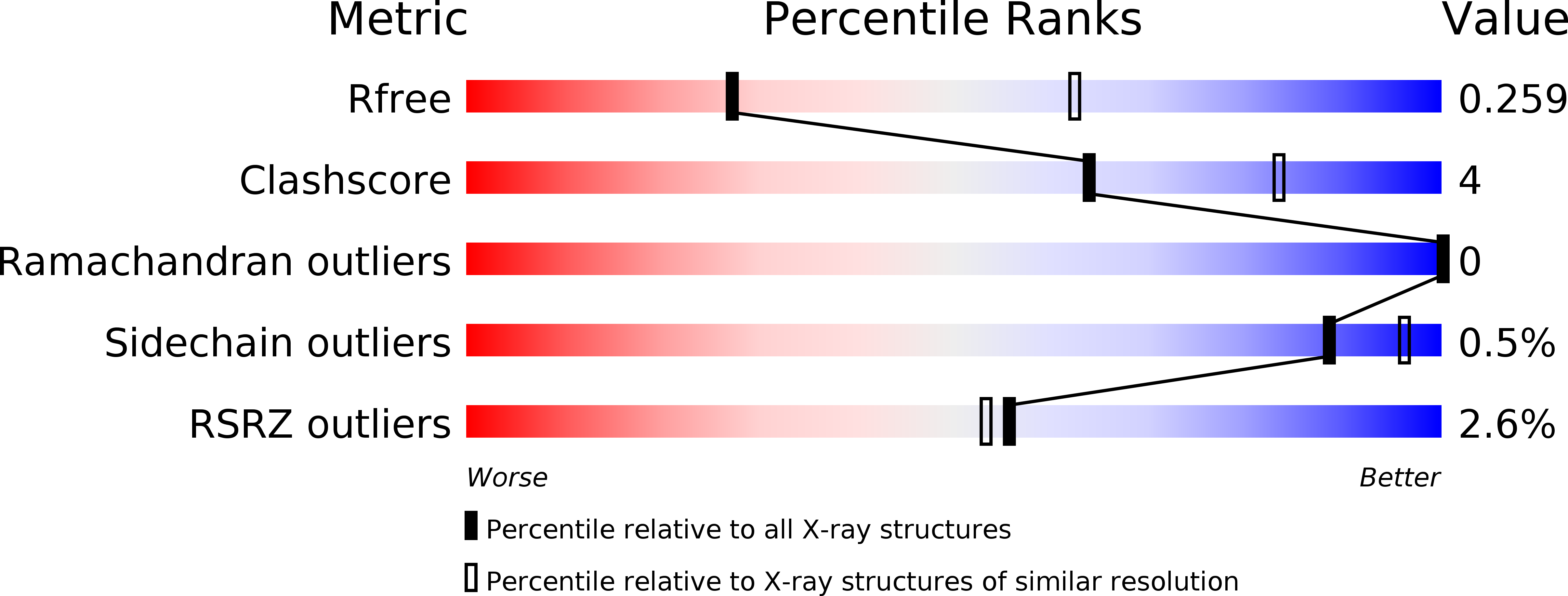
Deposition Date
2016-03-18
Release Date
2016-09-28
Last Version Date
2024-11-13
Entry Detail
PDB ID:
5IUS
Keywords:
Title:
Crystal structure of human PD-L1 in complex with high affinity PD-1 mutant
Biological Source:
Source Organism:
Homo sapiens (Taxon ID: 9606)
Host Organism:
Method Details:
Experimental Method:
Resolution:
2.89 Å
R-Value Free:
0.25
R-Value Work:
0.20
R-Value Observed:
0.21
Space Group:
P 41


